|
Section 1 Overview of the Nervous System
Chapter 1, Neurons and Their Properties
- Neuronal Structure
- Types of Synapses
- Neuronal Cell Types
- Glial Cell Types
- Astrocyte Biology
- Microglial Biology
- Oligodendroglial Biology
- The Blood-Brain Barrier
- Axonal Transport in the CNS and PNS
- Myelination of CNS and PNS Axons
- Neuronal Resting Potential
- Graded Potentials in Neurons
- Action Potentials
- Conduction Velocity
- Neurotransmitter Release
- Multiple Neurotransmitter Synthesis, Release, and Signaling from Individual Neurons
- Chemical Neurotransmission
Chapter 2, Brain, Skull and Meninges
- Meninges and Their Relationships to the Brain and Skull
- Surface Anatomy of the Forebrain: Lateral View
- Cerebral Cortex Anatomy and Functional Regions: Lateral View
- Cortical Architecture: Brodmann’s Areas
- Midsagittal Surface of the Brain
- Basal Surface of the Brain
- Axial and Mid-Sagittal Views of the Central Nervous System
- Horizontal (Axial) Brain Sections Showing the Basal Ganglia
- Major Limbic Forebrain Structures
Chapter 3, Brain Stem, Cerebellum, and Spinal Cord
- Brain Stem Surface Anatomy: Posterolateral View
- Brain Stem Surface Anatomy: Anterior View
- Cerebellar Anatomy
- Spinal Cord Gross Anatomy: Posterior View
- Spinal Cord Cross-Sectional Anatomy in Situ
- Spinal Cord White Matter and Gray Matter
Chapter 4, Ventricles, Cerebrospinal Fluid, and Vasculature
- Schematic of the Ventricular System
- Mid-Sagittal View of the Ventricular System
- Circulation of the Cerebrospinal
- Arterial Supply to the Brain and Meninges
- Arterial Distribution to the Brain: Circle of Willis, Choroidal Arteries, and Lenticulostriate Arteries
- Arterial Distribution to the Brain: The Cerebral Arteries
- Arterial Distribution to the Brain: The Vertebro-Basilar System
- Blood Supply to the Hypothalamus and Pituitary Gland
- Arterial Blood Supply to the Spinal Cord
- Venous Drainage of the Brain and Venous Sinuses
Section I Review Questions
Section II Regional Neuroscience
Chapter 5, Peripheral Nervous System
- Spinal Cord with Sensory, Motor, and Autonomic Components of Peripheral Nerves
- Anatomy of a Peripheral Nerve
- Relationship of Spinal Nerve Roots to Vertebrae
- Sensory Channels: Reflex and Cerebellar
- Sensory Channels: Lemniscal
- Motor Channels: Basic Organization of Lower and Upper Motor Neurons
- Autonomic Channels
- Cutaneous Receptors
- The Neuromuscular Junction, Autonomic Neuroeffector Junctions, and Neurotransmission
- Brachial Plexus
- Dermatomal Distribution
- Cutaneous Distribution of Peripheral Nerves
- Cholinergic and Adrenergic Distribution to Motor and Autonomic Structures
- Autonomic Distribution to the Head and Neck
- Enteric Nervous System
Chapter 6, Spinal Cord
- Cytoarchitecture of the Spinal Cord Gray Matter
- Spinal Cord Histological Cross Sections
- Spinal Cord Syndromes
- Spinal Cord Lower Motor Neuron Organization and Control
- Spinal Somatic Reflex Pathways
- Muscle and Joint Receptors and Muscle Spindles
Chapter 7, Brain Stem and Cerebellum
- Cranial Nerves
- Cranial Nerves and their Nuclei: Schematic View from Above
- The Vestibulocochlear Nerve (CN VIII)
- Reticular Formation: General Pattern of Nuclei in the Brain Stem
- Cerebellar Organization: Lobes and Regions
- Cerebellar Anatomy
- Deep Cerebellar Nuclei and Cerebellar Peduncles
- Brain Stem Arterial Syndromes
Chapter 8, Forebrain: Diencephalon and Telencephalon
Plate 8-1 Thalamic Nuclei and Interconnections with the Cerebral Cortex
Plate 8-2 Hypothalamus and Pituitary Gland
Plate 8-3 Schematic of Hypothalamic Nuclei
Plate 8-4 Axial Section through the Forebrain
Plate 8-5 Coronal Section through the Forebrain
Plate 8-6 Layers of the Cerebral Cortex
Plate 8-7 Vertical Columns: Functional Units of the Cerebral Cortex
Plate 8-8 Efferent Connections of the Cerebral Cortex
Plate 8-9 Cortical Association Fibers
Plate 8-10 Aphasias and Cortical Areas of Damage
Plate 8-11 Noradrenergic Pathways
Plate 8-12 Serotonergic Pathways
Plate 8-13 Dopaminergic Pathways
Plate 8-14 Central Cholinergic Pathways
Section II Review Questions
Section III Systemic Neuroscience
Chapter 9, Sensory Systems
- Somatosensory System: Spinocerebellar Pathways
- Somatosensory System: The Dorsal Column System and Epicritic Modalities
- Somatosensory System: The Spinothalamic and Spinoreticular Systems and Protopathic Modalities
- Mechanisms of Neuropathic Pain and Sympathetically-Maintained Pain
- Descending Control of Ascending Somatosensory Systems
- Trigeminal Sensory and Associated Systems
- Pain-Sensitive Structures of the Head and Pain Referral
- Taste Pathways
- Peripheral Pathways for Sound Reception, and the Bony and Membranous Labyrinths
- CN VIII Nerve Innervation of Hair Cells in the Organ of Corti
- Central Auditory Pathways
- Vestibular Receptors
- Central Vestibular Pathways
- Anatomy of the Eye
- Anterior and Posterior Chambers of the Eye
- The Retina: Retinal Layers
- Anatomy and Relationships of the Optic Chiasm
- Visual Pathways to the Thalamus, Hypothalamus, and Brain Stem
- Pupillary Light Reflex
- The Visual Pathway: The Retino-Geniculo-Calcarine Pathway
- Visual Pathways in the Parietal and Temporal Lobes
- Visual System Lesions
Chapter 10, Motor Systems
Plate 10-1 Alpha and Gamma Lower Motor Neurons
Plate 10-2 Distribution of Lower Motor Neurons in the Spinal Cord
Plate 10-3 Distribution of Lower Motor Neurons in the Brain Stem
Plate 10-4 Corticobulbar Tract
Plate 10-5 Corticospinal Tract
Plate 10-6 Rubrospinal Tract
Plate 10-7 Vestibulospinal Tracts
Plate 10-8 Reticulospinal and Cortico-reticulospinal Pathways
Plate 10-9 Tectospinal Tract and Interstitiospinal Tract
Plate 10-10 Central Control of Eye Movements
Plate 10-11 Central Control of Respiration
Plate 10-12 Cerebellar Organization and Neuronal Circuitry
Plate 10-13 Cerebellar Afferents
Plate 10-14 Cerebellar Efferent Pathways
Plate 10-15 Schematic Diagram of Cerebellar Efferents to Upper Motor Neurons
Plate 10-16 Connections of the Basal Ganglia
Chapter 11, Autonomic-Hypothalamic-Limbic Systems
- General Organization of the Autonomic Nervous System
- Forebrain Regions Associated With the Hypothalamus
- Afferent and Efferent Pathways Associated with the Hypothalamus
- Paraventricular Nucleus of the Hypothalamus
- Cytokine Influences on Brain and Behavior
- Circumventricular Organs
- Regulation of Anterior Pituitary Hormone Secretion
- Posterior Pituitary (Neurohypophyseal) Hormones: Oxytocin and Vasopressin
- Neuroimmunomodulation
- Anatomy of the Limbic Forebrain
- Hippocampal Formation: General Anatomy
- Neuronal Connections of the Hippocampal Formation
- Major Afferent Connections of the Amygdala
- Major Efferent Connections of the Amygdala
- The Cingulate Cortex
- Olfactory Pathways
|
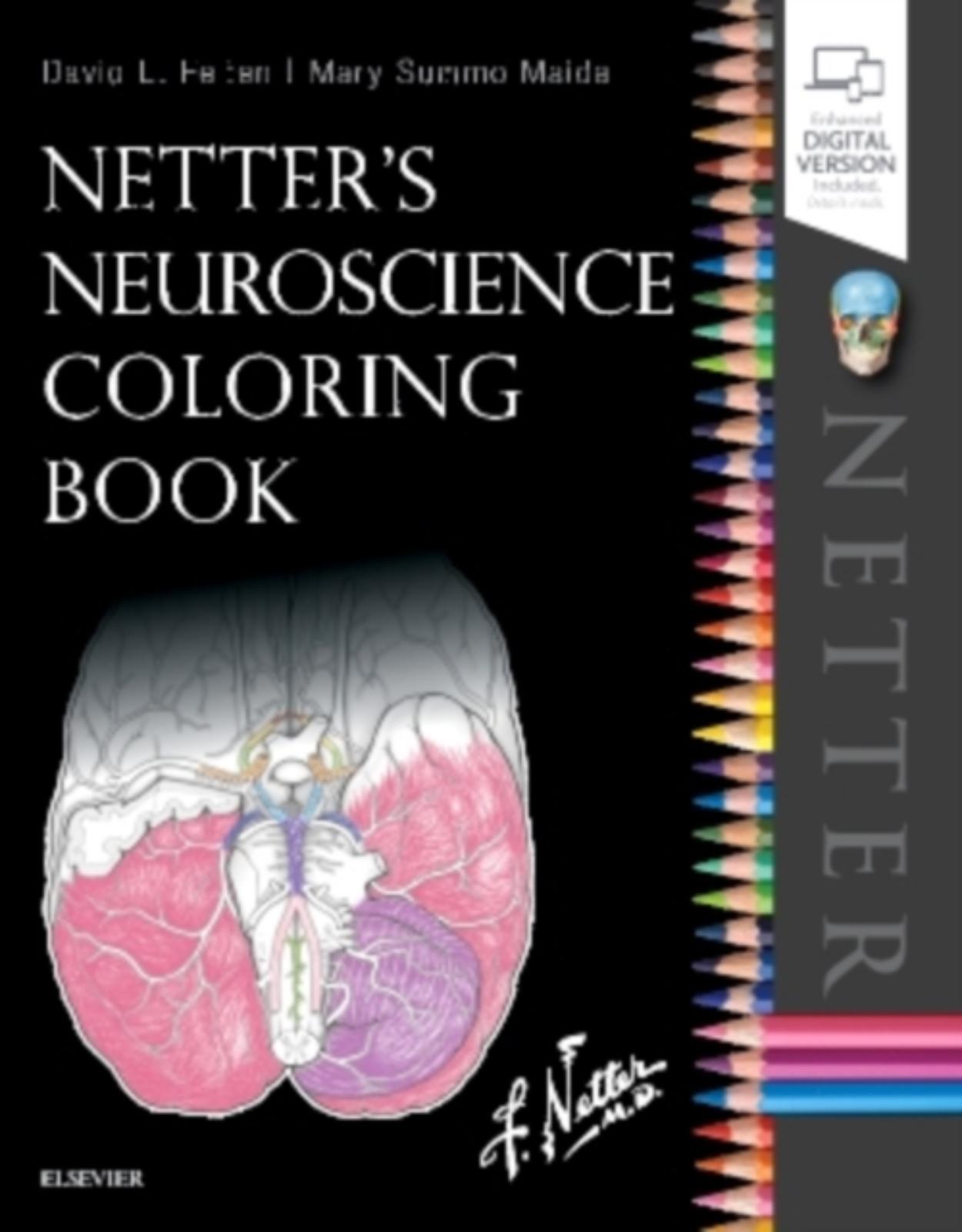

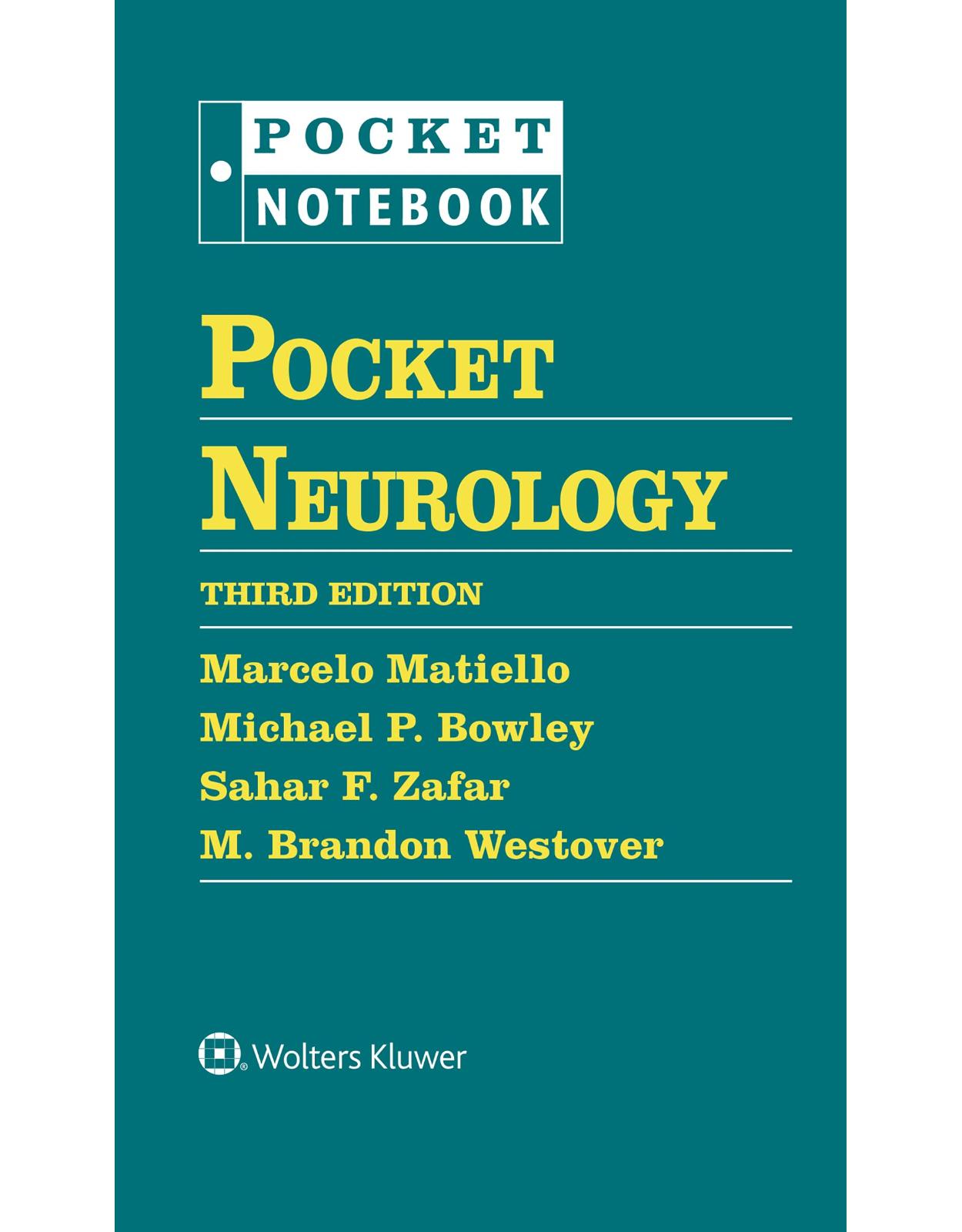
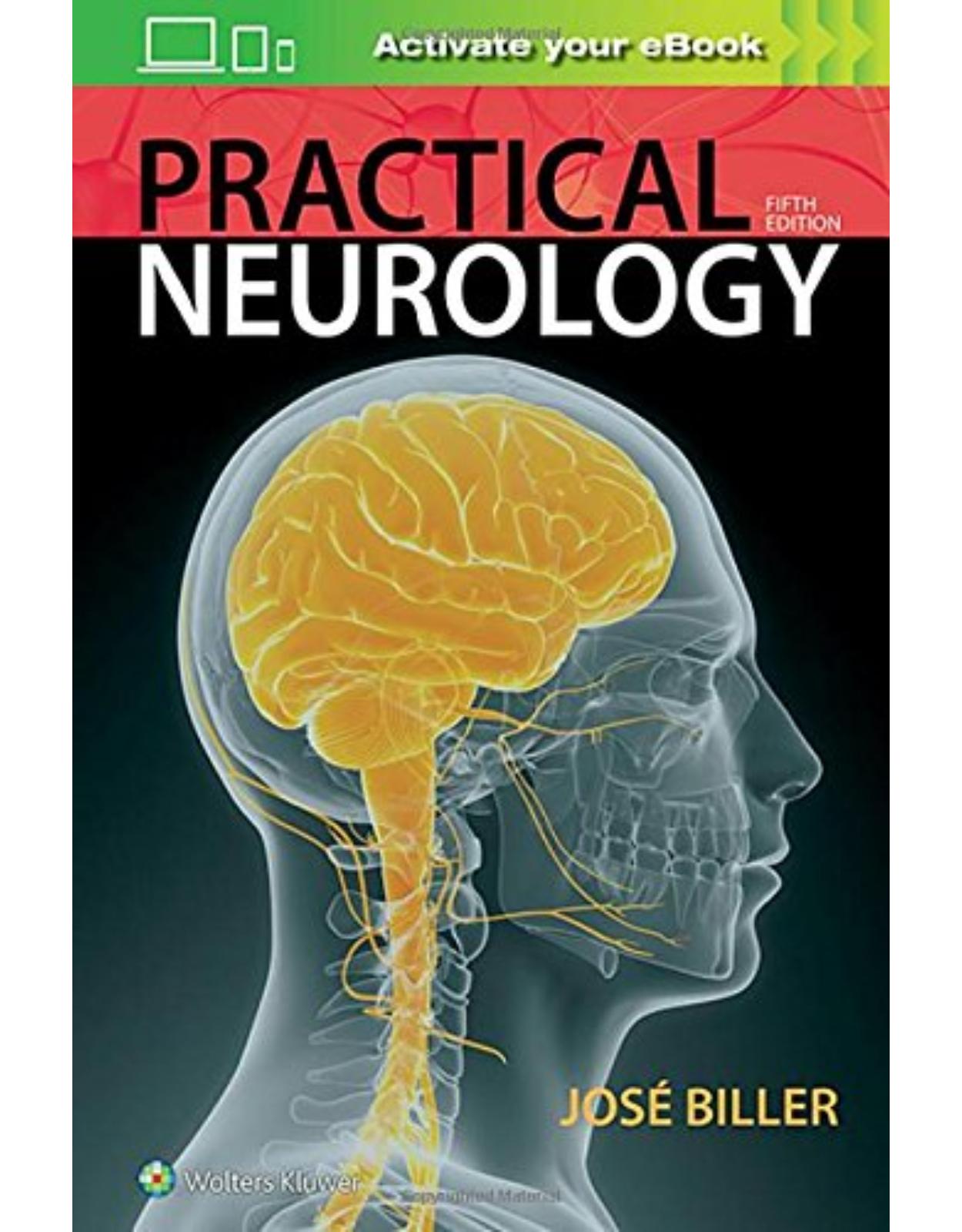
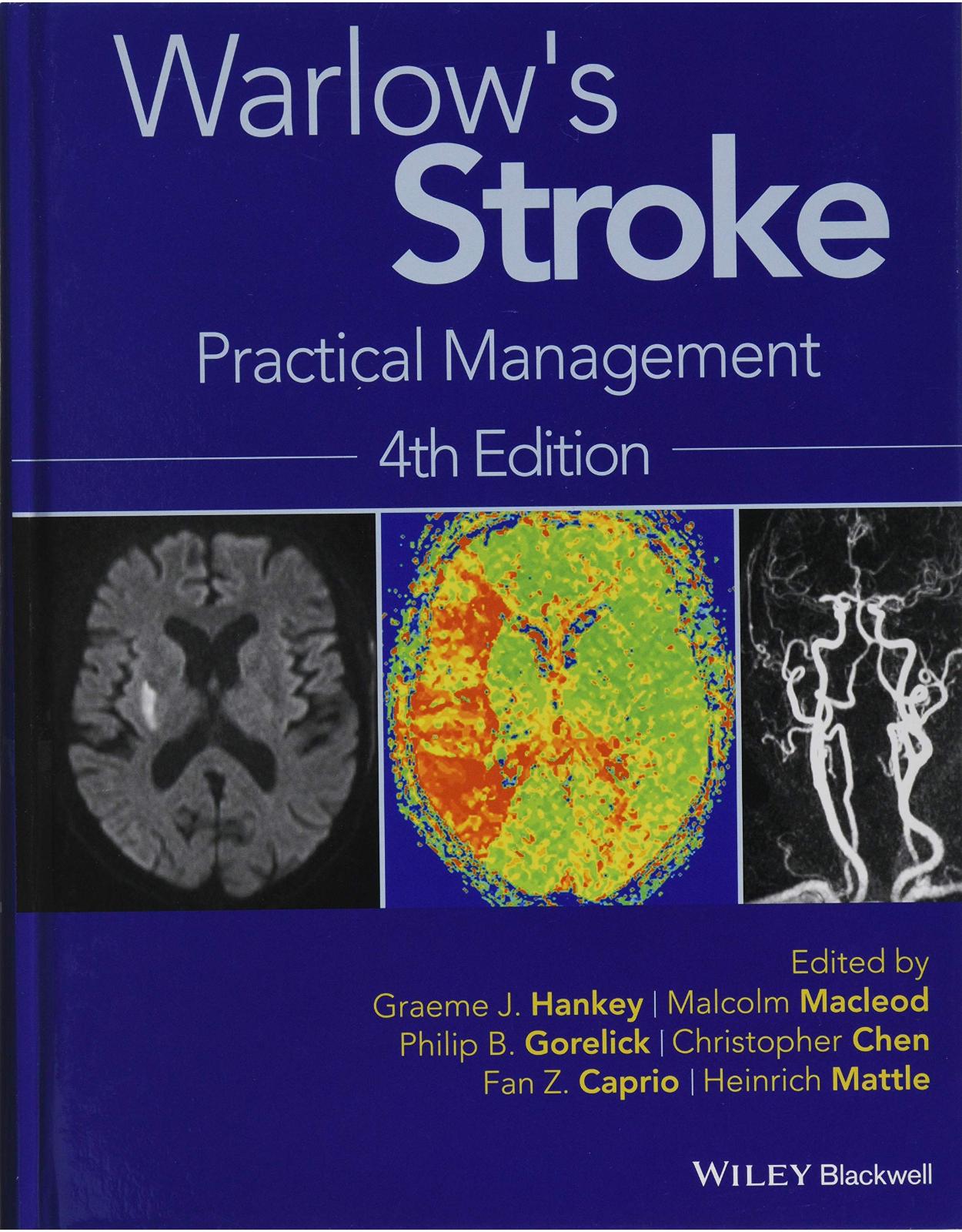
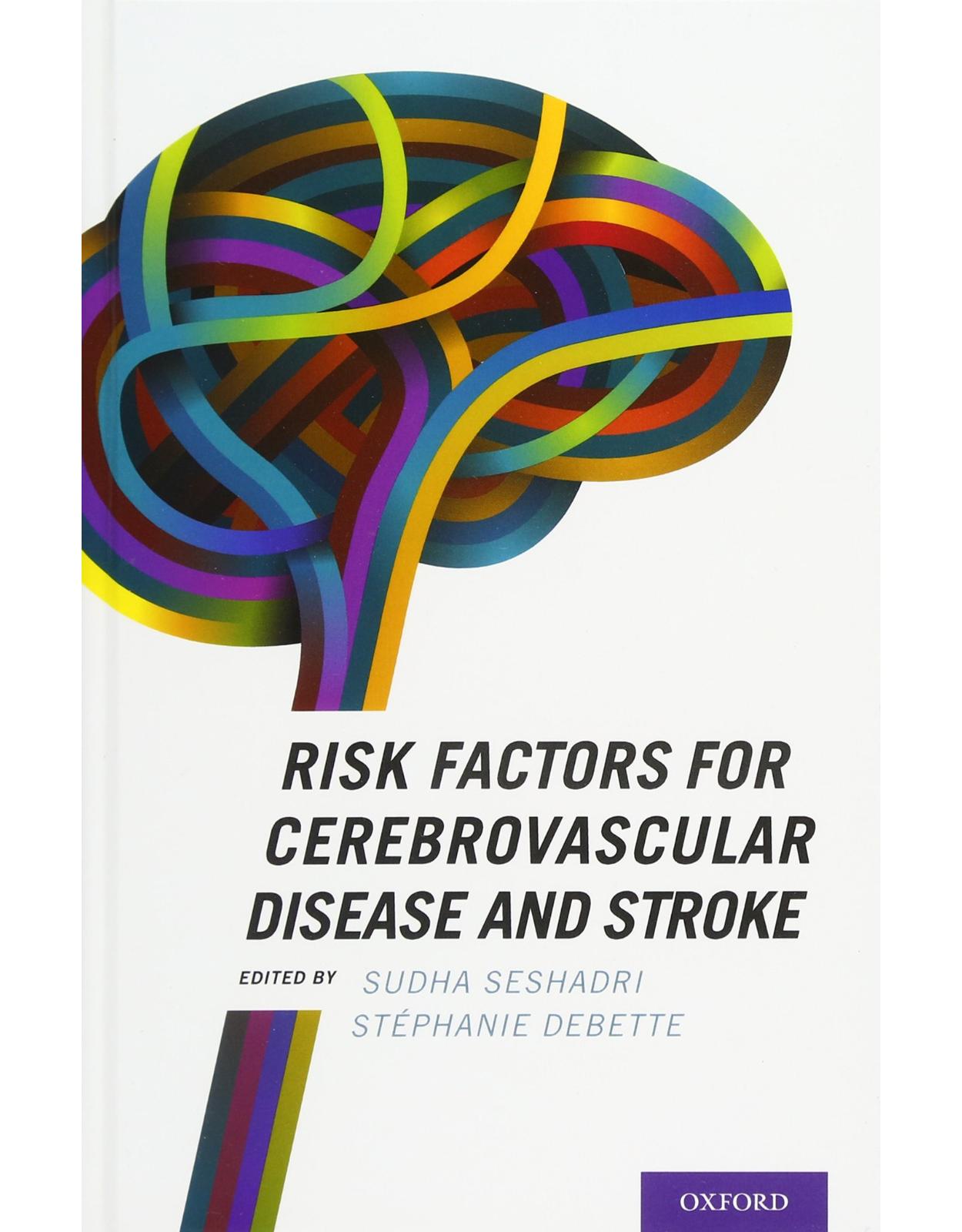
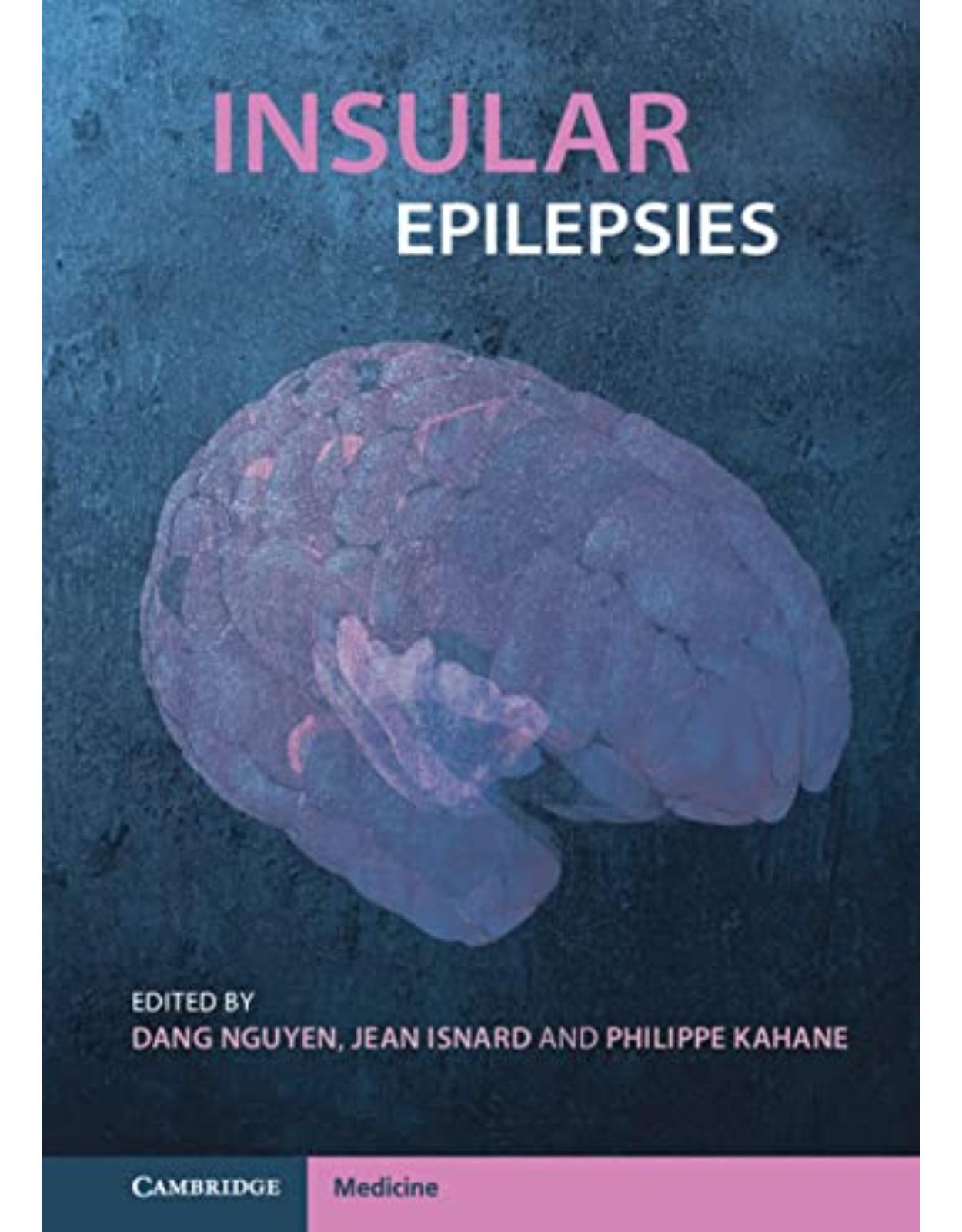
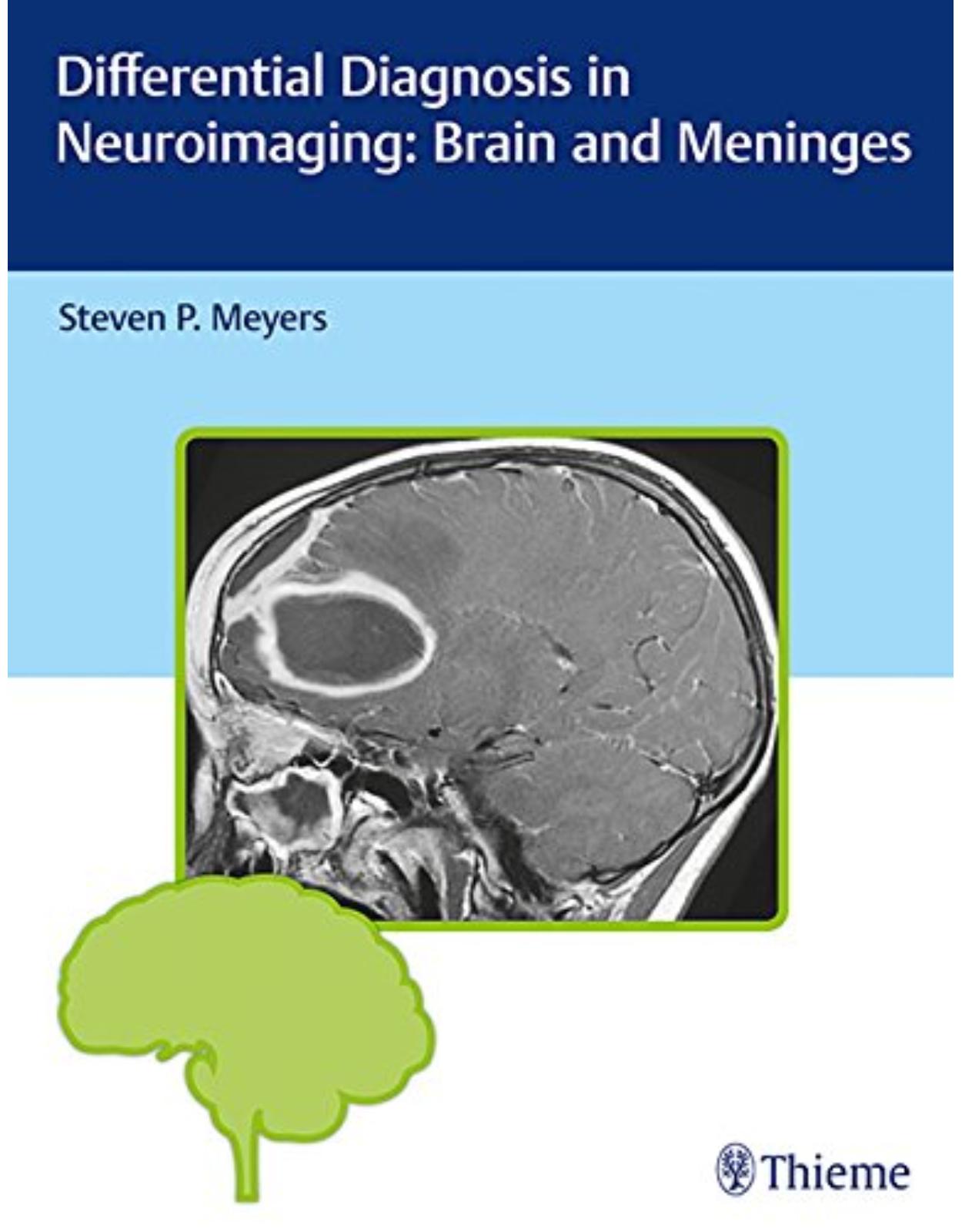
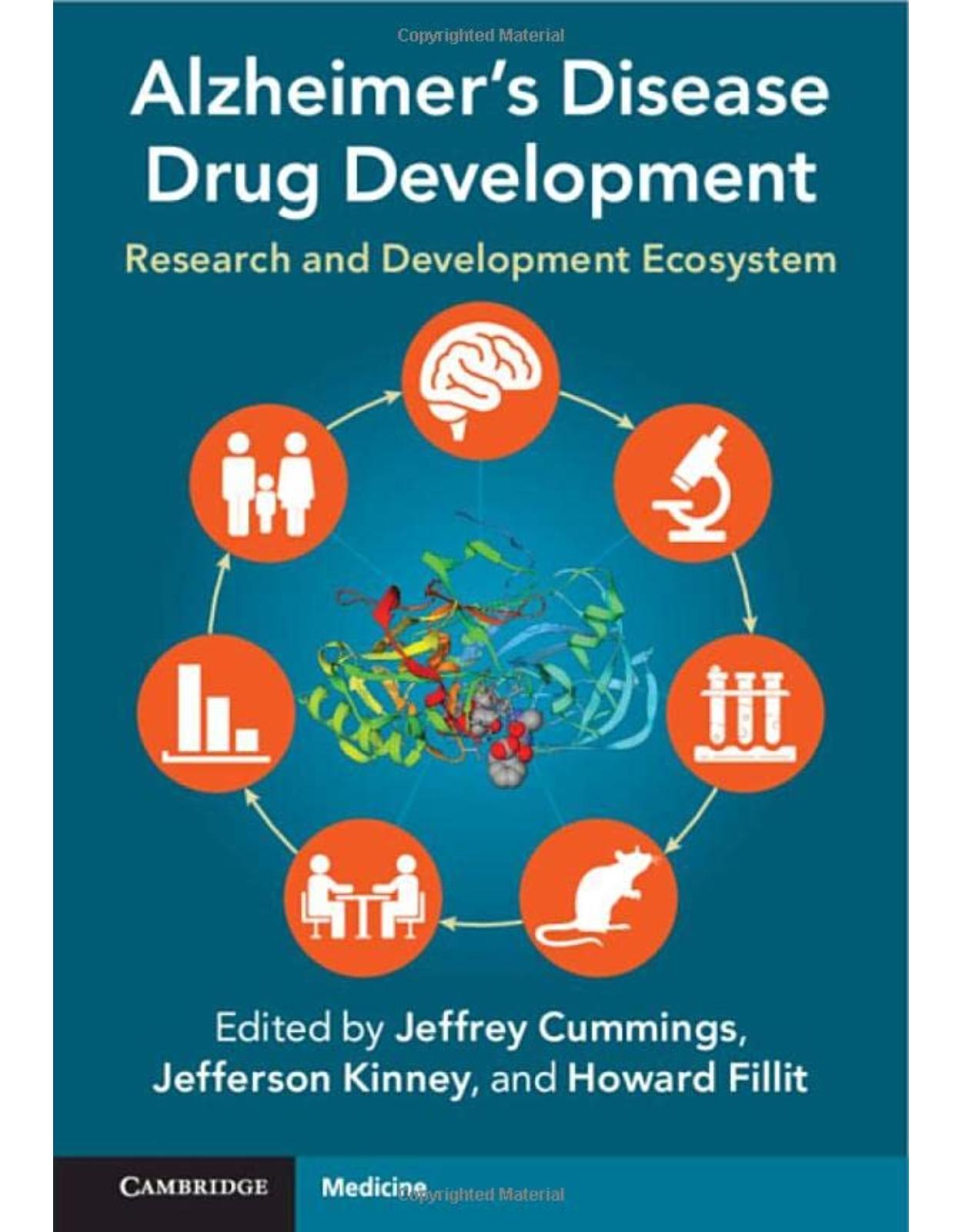
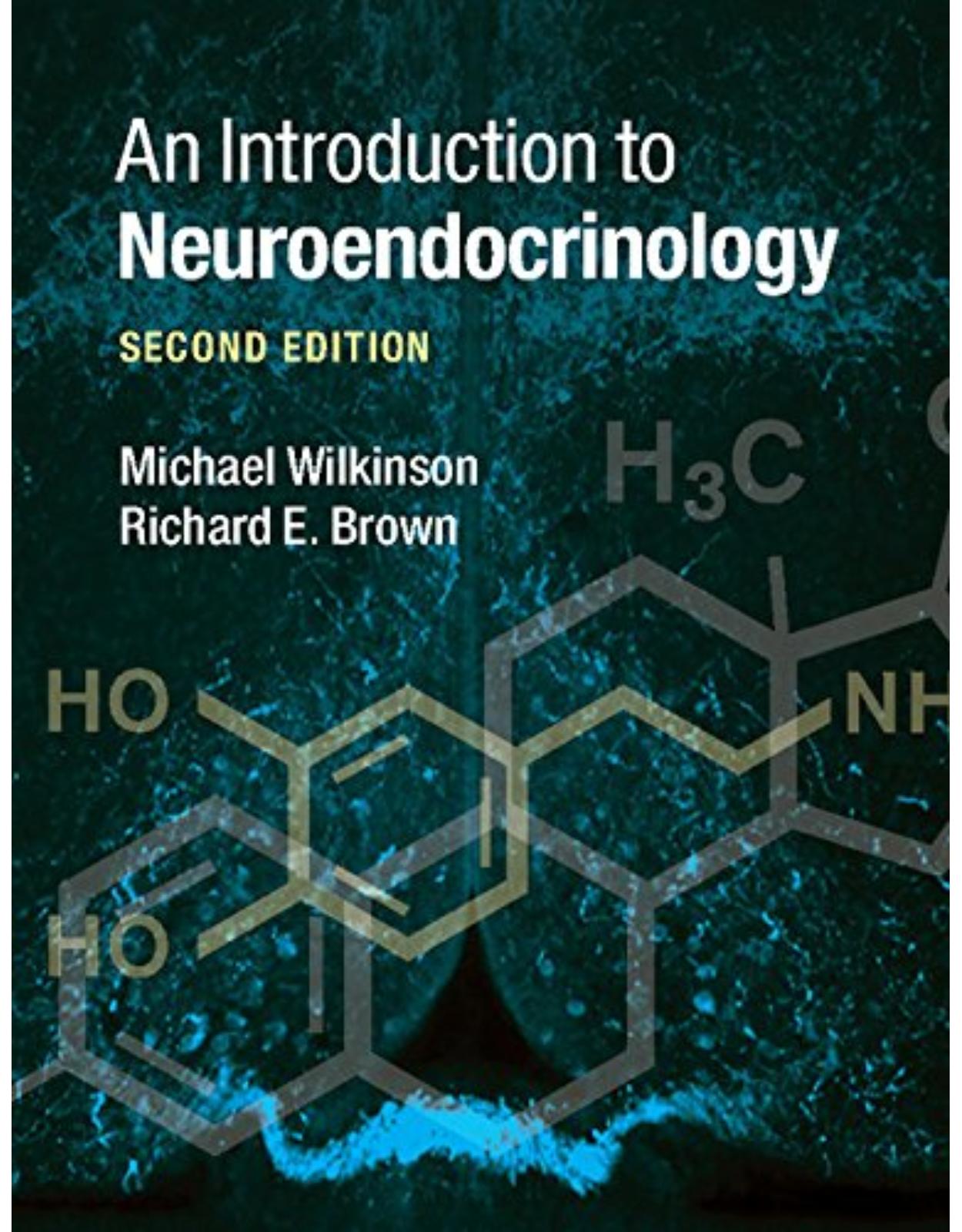
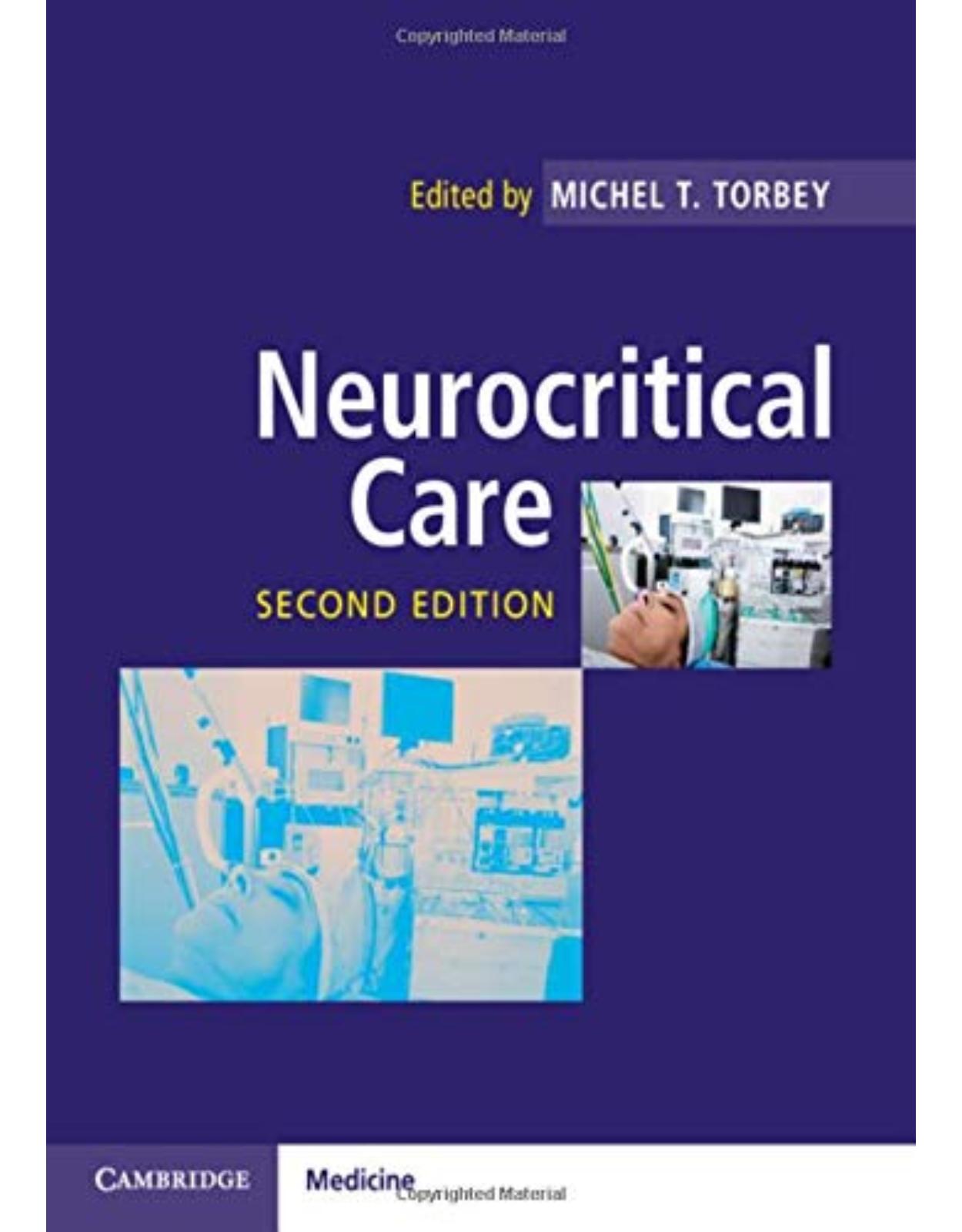
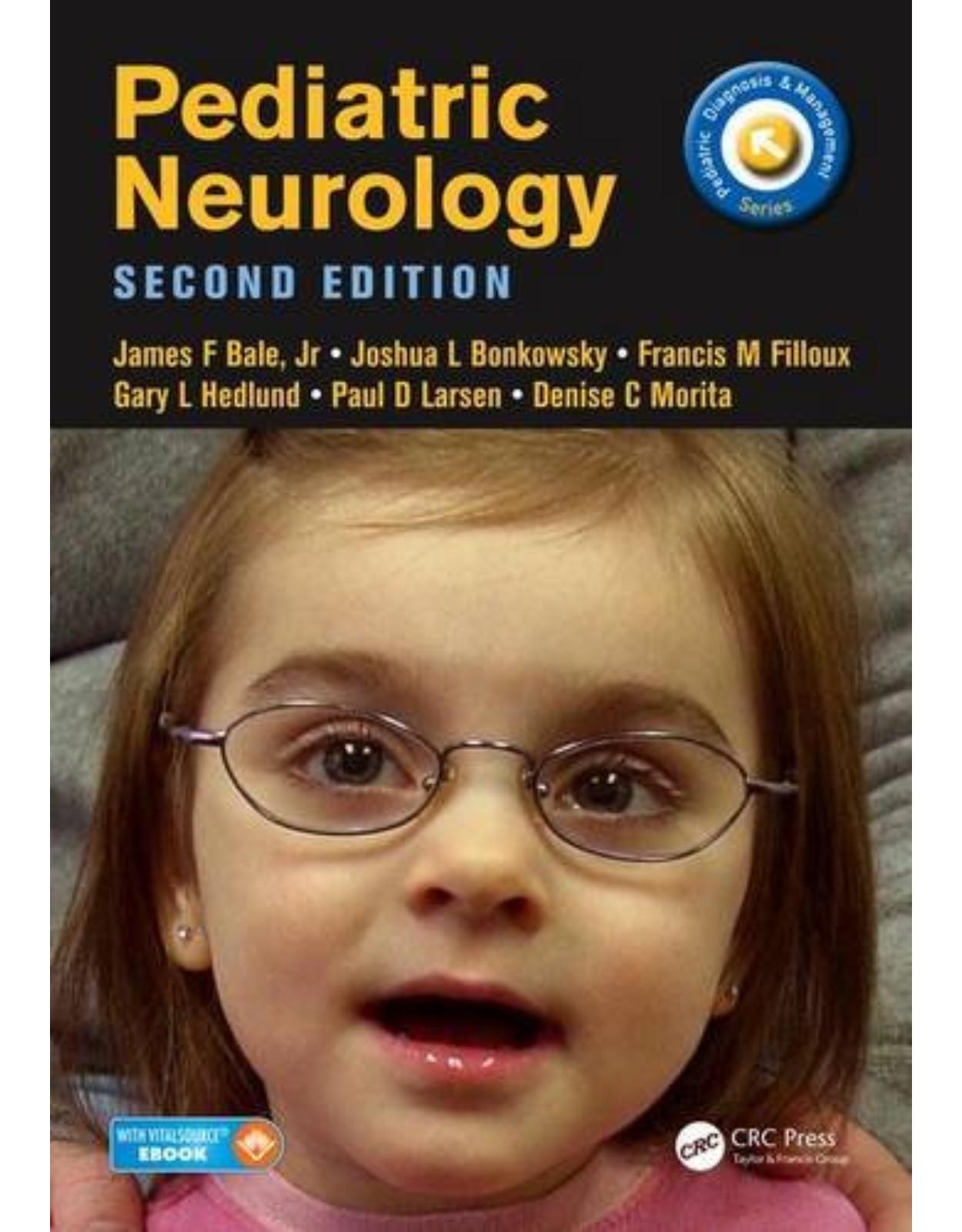
Clientii ebookshop.ro nu au adaugat inca opinii pentru acest produs. Fii primul care adauga o parere, folosind formularul de mai jos.